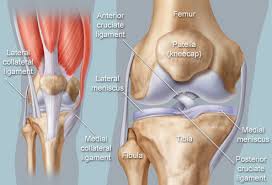
“Studies indicate an average improvement of 30-40% in sickness rates in companies that introduce a workplace wellness program.”(1)
Workplace massage is one of the most popular additions to the workplace wellness program, and it is a simple, cost effective way to;
-
Reduce workplace stress (2)
-
Increase productivity and work performance (3)
-
Reduce muscle pain and physical tension (4) (5)
-
Improve staff morale
Regular massage helps people to feel better and can motivate them to look after themselves and make positive healthier life choices. Importantly these effects are cumulative and leads to a less stressful and more productive work environment. We run corporate massage for your workplace, your business just has to supply a space, an office, the lunch room or even a quiet corner. In fact depending on the workplace setting seated massage requires very little space and can be set up almost anywhere. Though if you have the space and require longer sessions a massage table can just as easily be brought in.
Low cost options include either user pays (employee) for a small fee or depending on your workplace your employer may decide to cover all or part of the costs as part of their OH&S strategy.
So talk to your work colleagues, then your HR Manager and contact us on 0402 538 147 to begin this workplace wellness program.
(1) Price Waterhouse Coopers, Building the case for wellness, February 2008.
(2) Bost N, et al The effectiveness of a 15 minute weekly massage in reducing physical and psychological stress in nurses.Aust J Adv Nurs. 2006 Jun-Aug;23(4):28-33.
(3) Field, T et al Massage therapy reduces anxiety and enhances EEG pattern of alertness and math computations. International Journal of Neuroscience 86(3-4), 197-205. 9-1996.
(4) Katz, J.,et al . Pain and tension are reduced among hospital nurses after on-site massage treatments: a pilot study. Journal of Perianesthesia Nursing, 1999 14, 128-133.
(5) Cherkin DC,et al. A comparison of the effects of 2 types of massage and usual care on chronic low back pain: a randomized, controlled trial. Ann Intern Med. 2011;155:1:1-9,




